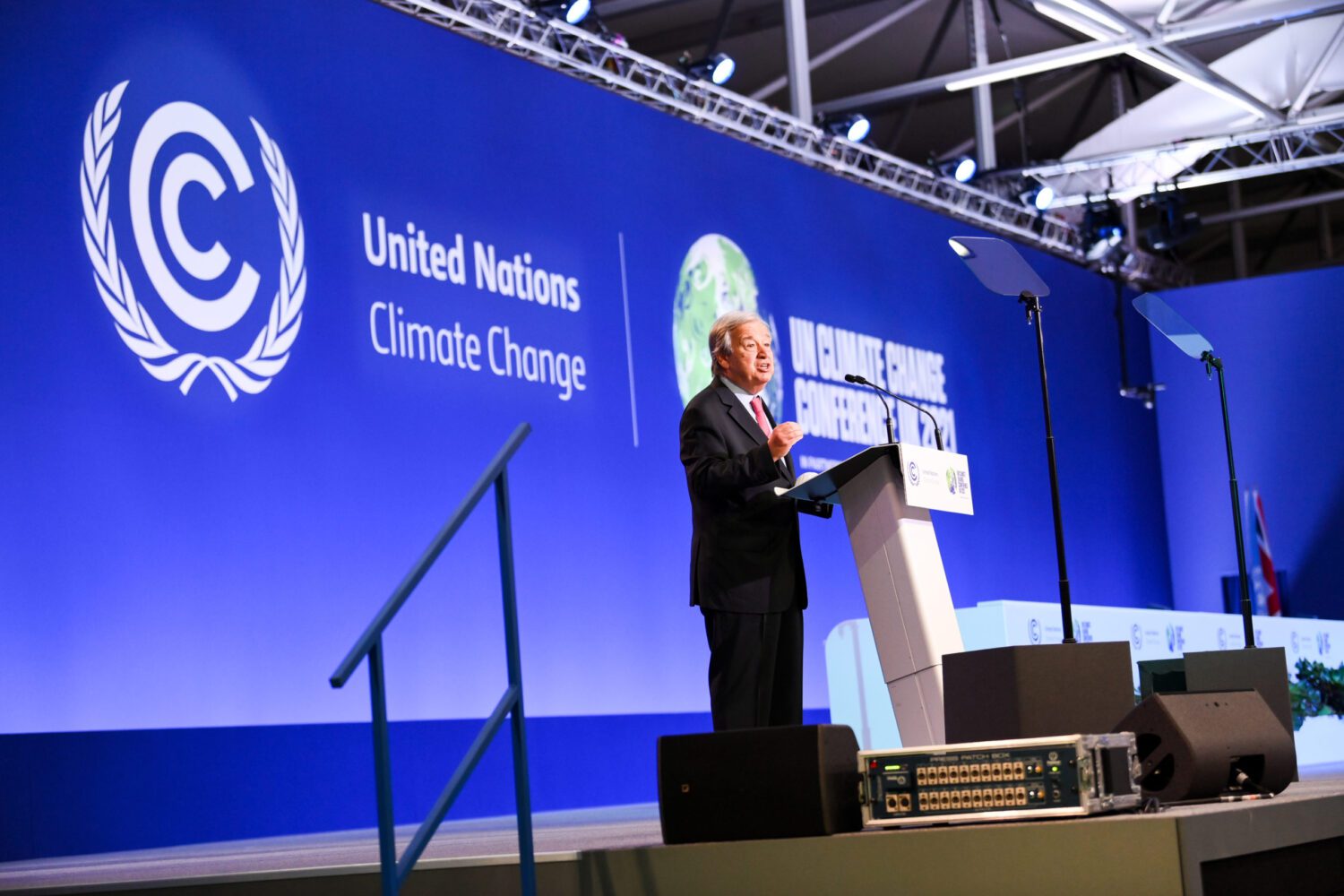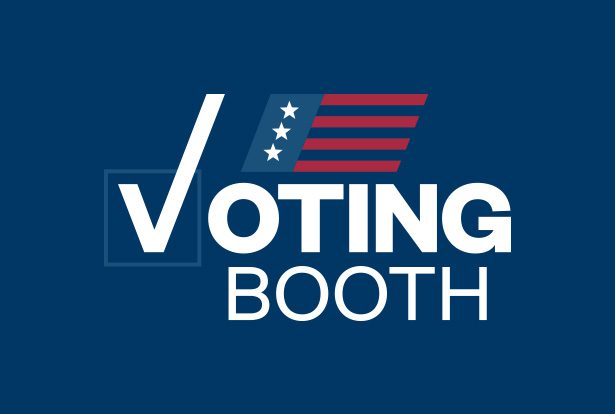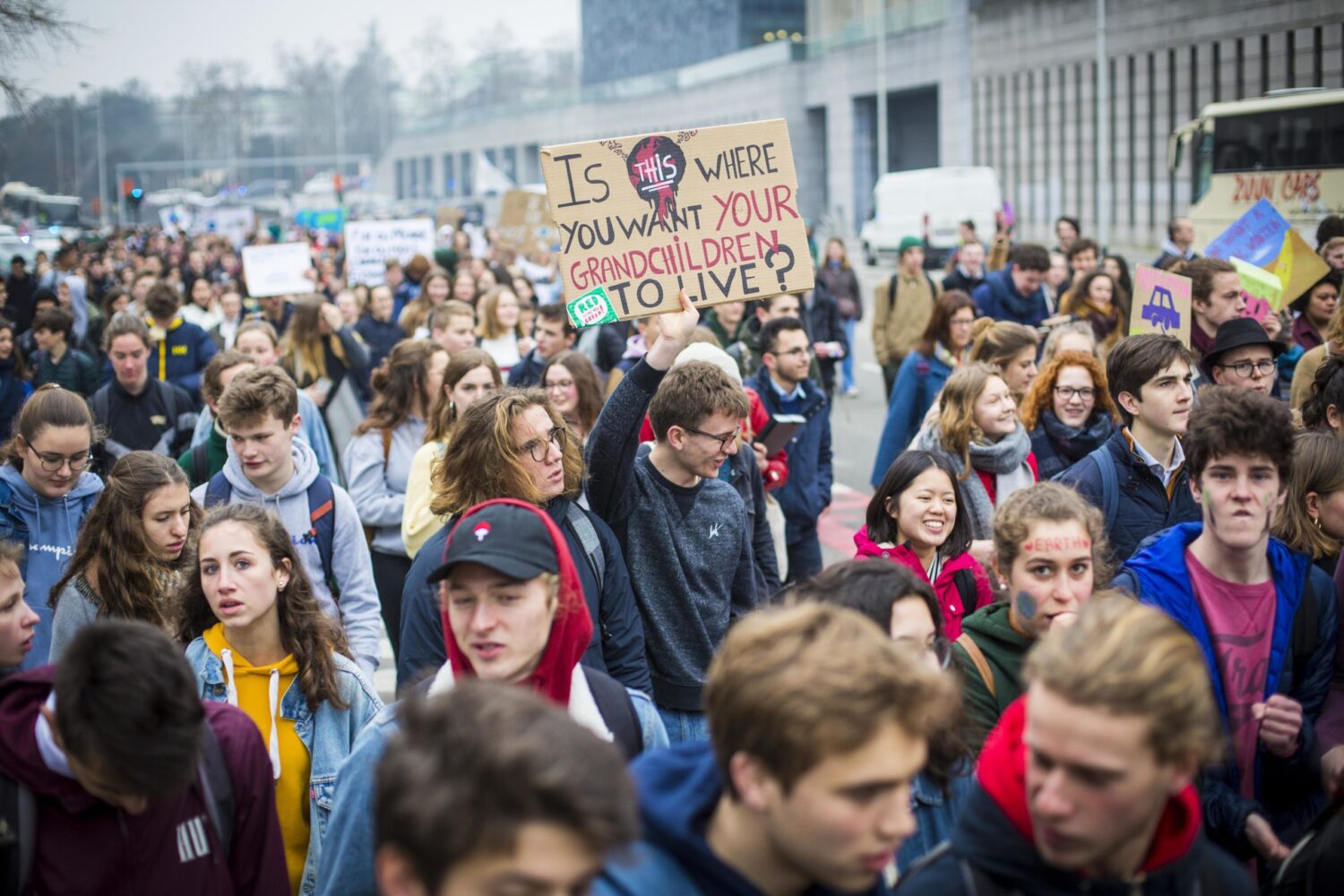There is a chance we can prevent the worst impacts of the climate crisis, but world leaders must hold businesses accountable and listen to Indigenous communities.
By Reynard Loki
It would be an understatement to say that there is a lot riding on COP26, the international climate talks currently being held in Glasgow, Scotland. Officially, the gathering marks the 26th Conference of the Parties (COP) to the United Nations Framework Convention on Climate Change (UNFCCC) and the third meeting of the parties to the 2015 Paris climate agreement, which aims to limit the global temperature rise to well below 2 degrees Celsius above preindustrial levels, preferably limiting the increase to 1.5 degrees Celsius in order to avoid the worst impacts of climate change.
Since 1995, the countries that have signed onto the UNFCCC have met every single year (except in 2020 due to the COVID-19 pandemic), attempting to come up with an action plan to stem the climate crisis. But still, every year, the world’s greenhouse gas emissions keep going up. And for a fortnight that started on October 31, world leaders will try to come up with an action plan yet again. More than 100 heads of government and some 30,000 delegates are now gathered and deliberating in Glasgow in the most recent international attempt to implement the Paris agreement goals. CNBC called the summit “humanity’s last and best chance to secure a livable future amid dramatic climate change.”
“We face a stark choice: Either we stop it or it stops us,” said United Nations (UN) Secretary-General António Guterres in his opening remarks at the start of the World Leaders Summit of the COP26. “It’s time to say ‘enough.’ Enough of brutalizing biodiversity. Enough of killing ourselves with carbon. Enough of treating nature like a toilet. Enough of burning and drilling and mining our way deeper. We are digging our own graves… We need maximum ambition from all countries on all fronts to make Glasgow a success.”
The summit comes just a few months after the August release of a grim report published by the Intergovernmental Panel on Climate Change (IPCC), which found that climate change was “unequivocally” caused by human activity, and that within two decades, rising temperatures will cause the planet to reach a significant turning point in global warming. The report’s authors—a group of the world’s top climate scientists convened by the United Nations—predict that by 2040, average global temperatures will be warmer than 1.5 degrees Celsius above preindustrial levels, causing more frequent and intense heat waves, droughts and extreme weather events. Guterres called the bleak findings a “code red for humanity.”
UK Prime Minister Boris Johnson, who is hosting the summit, likened the race to stop climate change to a spy thriller, warning that “a red digital clock ticks down remorselessly to a detonation that will end human life as we know it.” He added, “The tragedy is this is not a movie, and the doomsday device is real.”
The dire assessment of the state of the planet’s climate was not lost on U.S. President Joe Biden, who called on world leaders to take aggressive action immediately to stave off the climate crisis in his remarks at the summit’s opening day. “There’s no more time to hang back or sit on the fence or argue amongst ourselves,” he said. “This is the challenge of our collective lifetimes, the existential threat to human existence as we know it. And every day we delay, the cost of inaction increases.”
But despite all the troubling data and dire warnings, the summit has had a fairly inauspicious start. On October 30, the day before COP26 opened, leaders of the G20 nations—19 countries and the European Union, which together are responsible for 80 percent of the world’s emissions—sought to bolster international leadership on climate change as they concluded their own meeting in Rome just before the summit in Glasgow. But their deliberations ended with a whimper: a mere reaffirmation of the Paris agreement goals. During the G20 summit, Johnson said that all the world leaders’ pledges without action were “starting to sound hollow,” and he criticized the commitments as “drops in a rapidly warming ocean.” Adding to the disappointment was the fact that the summit was not attended by Russian President Vladimir Putin or Chinese President Xi Jinping, even as both Russia and China “are among the world’s biggest polluters”: Russia and China are respectively responsible for 5 percent and 28 percent of global carbon dioxide emissions, respectively. Those two nations have pushed the goal of net-zero emissions by 2050 ahead to 2060.
A failure in Glasgow could have grave, cascading consequences. On October 26, the UN Environment Program released a worrying report warning that with “climate change intensifying… humanity is running out of time” due to the climate promises that have been made but have not yet been delivered. Failure to stem the climate crisis “would mean less food, so probably a crisis in food security. It would leave a lot more people vulnerable to terrible situations, terrorist groups and violent groups,” said UNFCCC executive secretary Patricia Espinosa. “It would mean a lot of sources of instability… [t]he catastrophic scenario would indicate that we would have massive flows of displaced people.”
“We’re really talking about preserving the stability of countries, preserving the institutions that we have built over so many years, preserving the best goals that our countries have put together,” said Espinosa, who took on the UN climate role in 2016. A former minister of foreign affairs of Mexico, Espinosa shares responsibility for the talks with UK cabinet minister Alok Sharma, who serves as the COP26 president. “What we need to get at Glasgow are messages from leaders that they are determined to drive this transformation, to make these changes, to look at ways of increasing their ambition,” Espinosa said.
In a new study published in the journal Global Change Biology, a group of international scientists found that if the world continues “business-as-usual” emissions, the impacts of the climate crisis could triple across 45 different “life zones”—distinct regions representing broad ecosystem types—across the planet. “The likely future changes in the world’s life zones is likely to have a substantial impact on [people’s] livelihoods and biodiversity,” said Dr. Paul Elsen, a climate adaptation scientist at Wildlife Conservation Society (WCS) and lead author of the study. “Large areas of the world are getting hotter and drier and this is already impacting the earth’s life zones,” added Elsen. The researchers predict that more than 42 percent of the planet’s land area will ultimately be affected if emissions are not significantly reduced. Dr. Hedley Grantham, director of conservation planning at WCS and a co-author of the study, said, “COP26 is our best chance of countries committing to reducing emissions and putting us on a better future pathway for climate change and its impacts.”
There have, however, been a few bright spots in the early days of the summit. On November 2, world leaders announced new plans to reduce the emissions of methane, a powerful global warming gas that “has more than 80 times the warming power of carbon dioxide over the first 20 years after it reaches the atmosphere.” President Biden welcomed the methane agreement, calling it a “game-changing commitment,” while also announcing that for the first time, the U.S. Environmental Protection Agency was going to enforce limits on the methane “released by existing oil and gas rigs across the United States.”
The Biden administration said that the government’s vast spending bill would mark the “largest effort to combat climate change in American history.” But with this critical climate legislation stalled on Capitol Hill, Biden’s aggressive target of reducing the United States’ greenhouse gas emissions by about half of its 2005 levels by the end of this decade will likely have to be pursued through executive actions such as regulations.
And on November 2, more than 100 nations, which together are responsible for about 85 percent of the world’s forests, agreed to a landmark $19 billion plan to end and reverse deforestation by 2030. Prime Minister Johnson said that it is critical for the success of COP26 “that we act now and we end the role of humanity as nature’s conqueror, and instead become nature’s custodian,” adding that “[w]e have to stop the devastating loss of our forests, these great teeming ecosystems—three-trillion-pillared cathedrals of nature—that are the lungs of our planet.”
In other welcome news, 14 nations including the United States, working on the sidelines of COP26, backed a Denmark-led initiative to reduce global maritime emissions to zero by 2050. “With around 90 percent of world trade transported by sea, global shipping accounts for nearly 3 percent of global CO2 emissions,” according to Reuters.
Indeed, non-state actors, i.e., businesses, are key participants in the world’s climate goals. UN chief Guterres said that the private sector has a critical role to play in this fight—and the UN will judge the performance of businesses’ pledges to achieve net-zero emissions. “I will establish a group of experts to propose clear standards to measure and analyze net-zero commitments from non-state actors,” which will go beyond mechanisms that have been established by the Paris climate accord, he said.
In the U.S., businesses are trying to influence Biden’s massive spending plan. “Across industries, business groups successfully pushed lawmakers to make significant changes to key sections of the original $3.5 trillion bill. Their lobbying efforts revolved around Sens. Joe Manchin (D-W.Va.) and Kyrsten Sinema (D-Ariz.), who ultimately sided with the business community on several issues… The White House plan does not raise tax rates on corporations—keeping a central part of the GOP’s 2017 tax cuts intact—in a stunning win for business interests,” stated an article in the Hill.
“This growing call for action can’t be underestimated,” writes EFL contributor Patti Lynn, executive director of Corporate Accountability, a consumer advocacy group, in Truthout, referring to the surge in climate activism across the world in recent years. But she also offered a caveat: “We need great social and economic change to fully and justly solve the climate crisis, and no change on this scale happens without public engagement fueling the political will to create such changes. But we also must be clear-eyed about what stands in the way of achieving such transformative change.” She added that for the world to move “from visions to actual policies that are just and effective, we must address the largest obstacle that lies between today’s status quo and a livable future for all: the influence of the fossil fuel industry on climate policy.”
Rainforest Action Network, a nonprofit environmental group, also trained their sights on the private sector, tweeting, “World leaders… must meet the climate crisis by holding brands and banks accountable to end fossil fuel expansion and deforestation.” But the COP26 homepage suggests a different story: Unilever, Scottish Power, Sainsbury’s, National Grid, Microsoft, Hitachi and GSK are some of the many corporations that COP26 thanks as “principal partners.”
And while many private firms, including several of the COP26 partners, have made significant climate commitments, they are often met with criticisms of “greenwashing”—appearing that they are climate-friendly when in fact, the promises are often not regulated by governments and actually not making a dent. “Businesses are the big polluters,” said Kristian Ronn, CEO and co-founder of Normative, a Swedish startup that has launched a carbon emissions tracker that he says can help end corporate greenwashing. The private sector is “responsible for two-thirds of the total emissions,” he said. “So they need to account for the footprint and mitigate that footprint, because essentially what gets measured gets managed.” He added, “There are no mechanisms in place to ensure the completeness of the information.”
COP26 partner Microsoft, for example, has formed Transform to Net Zero, a new initiative with several other companies, including Nike and Starbucks, to help the private sector achieve net-zero carbon emissions by 2050. But as Emily Pontecorvo reports in Grist, “There’s one gaping hole that persists in Microsoft’s climate action, one that the company has been repeatedly criticized for: How can it expect to pull more carbon out of the air than it puts in if it’s actively helping fossil fuel companies find and pull more oil and gas out of the ground?”
As world leaders attempt to hammer out a path to achieve the Paris climate accord goals, they would do well to listen to the world’s Indigenous people, who have been successful caretakers of their ecosystems for many generations—including 80 percent of the world’s biodiversity, though they represent just 5 percent of the global population—but who are suffering on the front lines of the climate fights, from deforestation to rising seas.
Nemonte Nenquimo, leader of the Waorani tribe in the Ecuadorian Amazon, co-founder of the Indigenous-led nonprofit organization Ceibo Alliance, and an EFL contributor, wrote an open letter to world leaders in 2020 that is even more important today. “When you say that the oil companies have marvelous new technologies that can sip the oil from beneath our lands like hummingbirds sip nectar from a flower, we know that you are lying because we live downriver from the spills,” writes Nenquimo, who was named one of Time’s 100 most influential people in the world. “When you say that the Amazon is not burning, we do not need satellite images to prove you wrong; we are choking on the smoke of the fruit orchards that our ancestors planted centuries ago. When you say that you are urgently looking for climate solutions, yet continue to build a world economy based on extraction and pollution, we know you are lying because we are the closest to the land.”
Reynard Loki is a writing fellow at the Independent Media Institute, where he serves as the editor and chief correspondent for Earth | Food | Life. He previously served as the environment, food and animal rights editor at AlterNet and as a reporter for Justmeans/3BL Media covering sustainability and corporate social responsibility. He was named one of FilterBuy’s Top 50 Health & Environmental Journalists to Follow in 2016. His work has been published by Yes! Magazine, Salon, Truthout, BillMoyers.com, Counterpunch, EcoWatch and Truthdig, among others.







